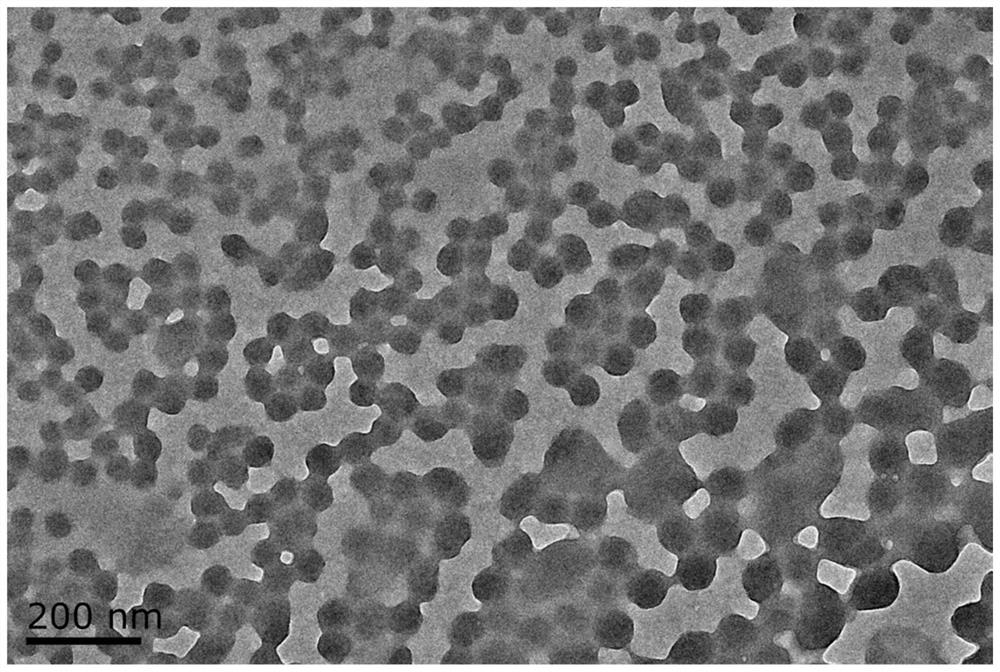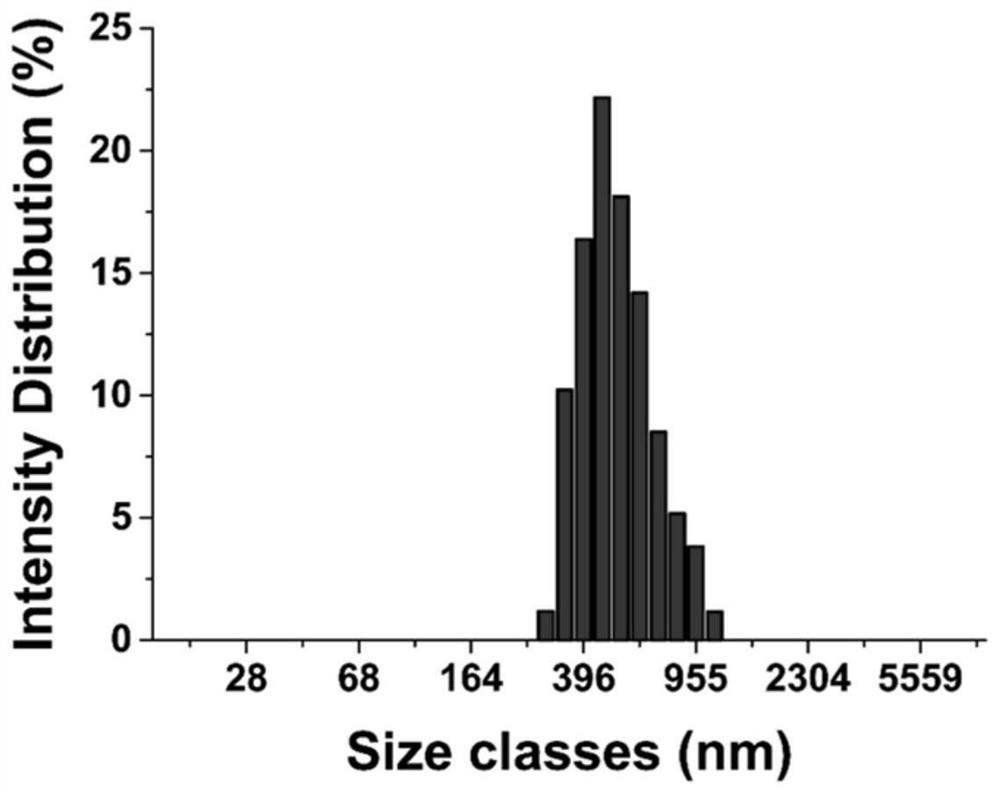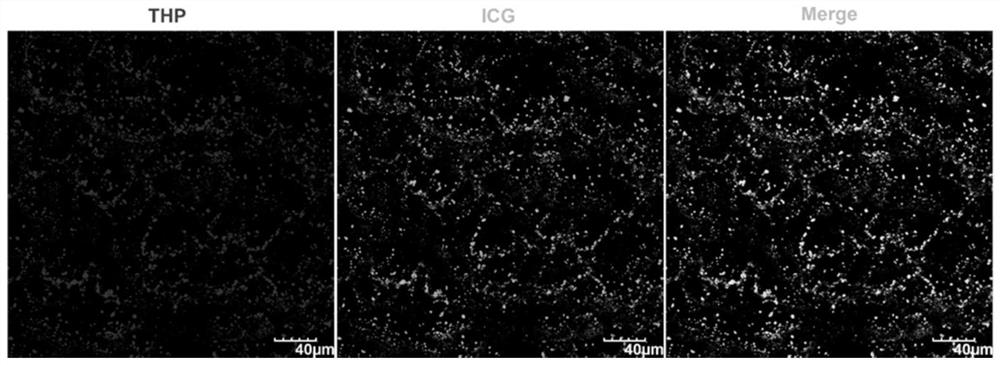Human-derived polypeptides and applications thereof for constructing tumor pH-responsive microrobots
A micro-robot and human-derived technology, applied in the field of human-derived peptides, can solve problems such as off-target effects, seriousness, and cancer cell toxicity, and achieve the effects of reducing drug side effects, high biocompatibility, and good drug side effects
- Summary
- Abstract
- Description
- Claims
- Application Information
AI Technical Summary
Problems solved by technology
Method used
Image
Examples
Embodiment 1
[0032] Example 1: Human-derived polypeptides are loaded with pirarubicin and indocyanine green through self-assembly function to form micro-robots, and the micro-robots are characterized:
[0033] Synthetic method: Firstly mix 1mg polypeptide freeze-dried powder and 1mg powdered indocyanine green thoroughly under the vortex shaker, and quickly centrifuge to collect the green mixture. Second, 5 μL of water was slowly added to the green mixture with constant stirring. After thorough mixing, 1 mL of water was added to dissolve the unbound polypeptide and indocyanine green, and the insoluble matter was collected by centrifugation at 5 000 rpm for 10 minutes. Finally, 1 mg of pirarubicin and 1 mL of water were added to the insoluble matter, shaken and mixed, and placed in an ice bath for 20 minutes of sonication.
[0034] Characterization: Using transmission electron microscopy and dynamic light scattering particle size analyzer (DLS) to study the morphology and particle size of t...
Embodiment 2
[0035] Example 2: Tumor acidic pH response of microrobots
[0036] Validation of release environment: acidic pH is the main feature of tumor tissue, so the acidic pH of tumors is often designed as a targeted trigger for drug release. Fluorescence spectroscopy detects changes in the emission intensity spectra of microrobots in the pH=7.4 and pH=6.5 environments. see Figure 4 , as the pH reached 6.5, we found that the solution containing microrobots became turbid and green precipitates appeared; the fluorescence emission intensity of the solution was detected by fluorescence spectroscopy and found that the fluorescence intensity reversed, and the fluorescence intensity of indocyanine green decreased hundreds of times , the fluorescence intensity of pirarubicin increased dozens of times, which indicated that pirarubicin was released under acidic conditions, and the aggregation of indocyanine green caused fluorescence quenching.
Embodiment 3
[0037] Example 3: Anti-tumor growth of microrobots in an acidic pH environment
[0038] CCK-8 was used to detect the killing effect of microrobots on breast cancer cell MDA-231 in the environment of pH=7.4 and pH=6.5. 1×10 5Cells were seeded in 96-well plates, and after overnight growth, they were incubated with different concentrations of pirarubicin and micromachines for 2 hours in media with pH=7.4 and pH=6.5, respectively. After 2 hours, replace with fresh medium and continue to culture for another 24 hours, CCK-8 detects the viability of tumor cells. see Figure 6 : H, I, we found that microrobots and free indocyanine green have no inhibitory effect on the growth of cancer cells, indicating that they have strong biocompatibility; but with the increase of free pirarubicin, more and more of cancer cells were killed. When H+ triggered the microrobots to release pirarubicin, the cytotoxic effect of the microrobots was significantly enhanced, exceeding that of free pirarub...
PUM
 Login to View More
Login to View More Abstract
Description
Claims
Application Information
 Login to View More
Login to View More - R&D
- Intellectual Property
- Life Sciences
- Materials
- Tech Scout
- Unparalleled Data Quality
- Higher Quality Content
- 60% Fewer Hallucinations
Browse by: Latest US Patents, China's latest patents, Technical Efficacy Thesaurus, Application Domain, Technology Topic, Popular Technical Reports.
© 2025 PatSnap. All rights reserved.Legal|Privacy policy|Modern Slavery Act Transparency Statement|Sitemap|About US| Contact US: help@patsnap.com



